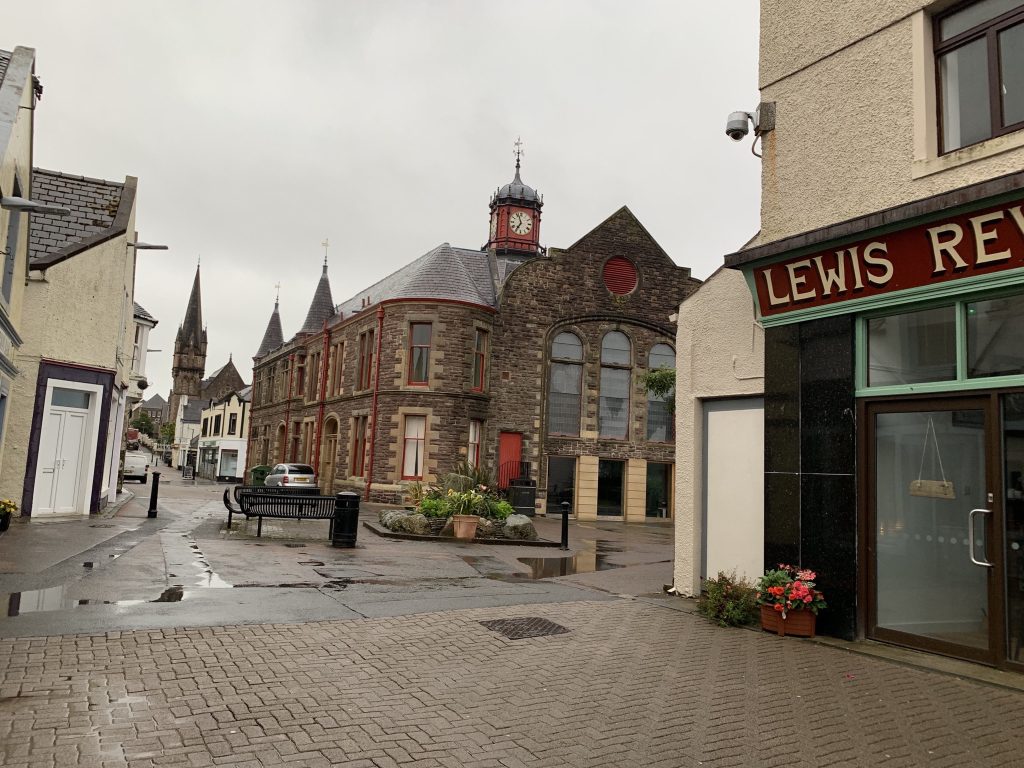
Stornoway: The Beating Heart of the Outer Hebrides
Nestled on the east coast of the Isle of Lewis, Stornoway is the largest town in the Outer Hebrides and the cultural and economic hub of Scotland’s Western Isles. With a population of around 7,000, this vibrant port town is steeped in history, shaped by Norse settlers, Highland clans, and Victorian entrepreneurs. Today, Stornoway blends its rich heritage with modern life, offering visitors a unique gateway to Hebridean culture.
From Norse Roots to Scottish Rule
Stornoway’s origins trace back to the Viking Age. Around the 9th century, Norse settlers established a base here, drawn by its sheltered natural harbor. The town’s name comes from the Old Norse Stjórnavágr, meaning “steering bay,” a nod to its maritime significance. For nearly 400 years, the Hebrides were under Norse control, forming part of the Kingdom of Man and the Isles. Evidence of this era survives in place names and archaeological finds, while the nearby Callanish Standing Stones remind us that Lewis was inhabited long before the Vikings arrived.
By the mid-13th century, Norse power waned, and the Treaty of Perth (1266) transferred the Hebrides to Scotland. Stornoway then entered a turbulent chapter dominated by Highland clans. The MacNicols (Nicholsons), of Norse descent, built the first castle around 1300. They were later displaced by the MacLeods of Lewis, known as Siol Torquil (“Torquil’s Seed”), who ruled for three centuries. Their tenure was marked by feuds and bloodshed, culminating in the clan’s downfall in the early 1600s.
In 1610, the island passed to the Mackenzies of Kintail, later Earls of Seaforth, who controlled Lewis for over two centuries. During this time, Stornoway became a burgh of barony (1607) and later a police burgh (1863). The Mackenzies’ influence ended in 1844 when Lady Hood Mackenzie sold Lewis to Sir James Matheson, a wealthy trader who built the imposing Lews Castle overlooking the town. Matheson invested heavily in local development, but his fortune came from the controversial opium trade in China.
After Matheson’s death, Lewis was sold in 1918 to Lord Leverhulme, founder of Lever Brothers. Leverhulme envisioned industrializing the islands, but his plans clashed with local traditions. In 1923, he gifted Stornoway and its surrounding estate to the community, creating the Stornoway Trust, one of Scotland’s oldest community land trusts.
Economic Lifelines: Fishing and Tweed
For much of its modern history, Stornoway thrived on the herring industry. From the mid-19th century until World War II, the town was one of Europe’s busiest herring ports. “Herring girls” gutted fish at astonishing speed, filling barrels for export across Britain and beyond. Though the herring boom faded, the town adapted, becoming the center of the Harris Tweed industry in the 20th century. This iconic handwoven fabric, protected by the Harris Tweed Act of 1993, remains a cornerstone of the local economy and a symbol of Hebridean craftsmanship.
Today, Stornoway’s harbor still bustles with fishing boats, ferries, and yachts. The town serves as the administrative seat of Comhairle nan Eilean Siar (Western Isles Council) and hosts cultural events like the Hebridean Celtic Festival, which draws visitors from around the world.
Cultural Heritage and Landmarks
Stornoway is a town where Gaelic culture thrives. Around 40% of residents speak Scottish Gaelic, and the language is visible on street signs and heard in everyday conversation. Traditional music, storytelling, and ceilidhs (social dances) remain integral to community life.
Key landmarks include:
- Lews Castle: Built between 1847–1852, this baronial mansion now houses a museum showcasing island history and the famous Lewis Chessmen.
- Stornoway Harbor: A picturesque waterfront lined with shops, cafes, and statues commemorating herring girls.
- Museum nan Eilean: A cultural hub preserving Hebridean heritage.
- Castle Grounds: 600 acres of woodland walks and gardens gifted to the town by Leverhulme.
Clans of Stornoway and Lewis
The Isle of Lewis was historically dominated by:
- Clan MacLeod of Lewis (Siol Torquil): Descendants of Leod, linked to Norse royalty. Their seat was Stornoway Castle.
- Clan Nicolson (MacNicols): Early rulers of Lewis, likely of Norse origin.
- Clan Mackenzie: Took control in 1610 and held Lewis until the 19th century.
Other families, such as the Morrisons, also played roles in island history.
These clans shaped the island’s feudal structure, leaving legacies in place names, folklore, and ruins.
Famous People from Stornoway
Despite its remote location, Stornoway has produced notable figures:
- Iain Crichton Smith (1928–1998): Acclaimed poet and novelist exploring themes of identity and exile.
- Calum Kennedy (1928–2006): Renowned Gaelic singer who popularized traditional music.
- Donald MacLeod (1916–1982): Legendary bagpiper and composer.
- Steve Hislop (1962–2003): Motorcycle racing champion.
- Mary Anne MacLeod Trump (1912–2000): Mother of former U.S. President Donald Trump, born in nearby Tong.
- Contemporary names include journalists, politicians, and artists who maintain strong ties to their Hebridean roots.
Why Visit Stornoway?
Stornoway is more than a ferry port—it’s a living tapestry of Norse and Gaelic heritage, Victorian ambition, and island resilience. Visitors can explore Lews Castle, stroll the harbor, shop for Harris Tweed, and savor local delicacies like Stornoway black pudding. Beyond the town lie dramatic landscapes: the Callanish Stones, the Butt of Lewis, and pristine beaches that rival any in Europe.
Whether you come for history, culture, or sheer natural beauty, Stornoway offers an authentic Hebridean experience—rooted in tradition yet open to the world.

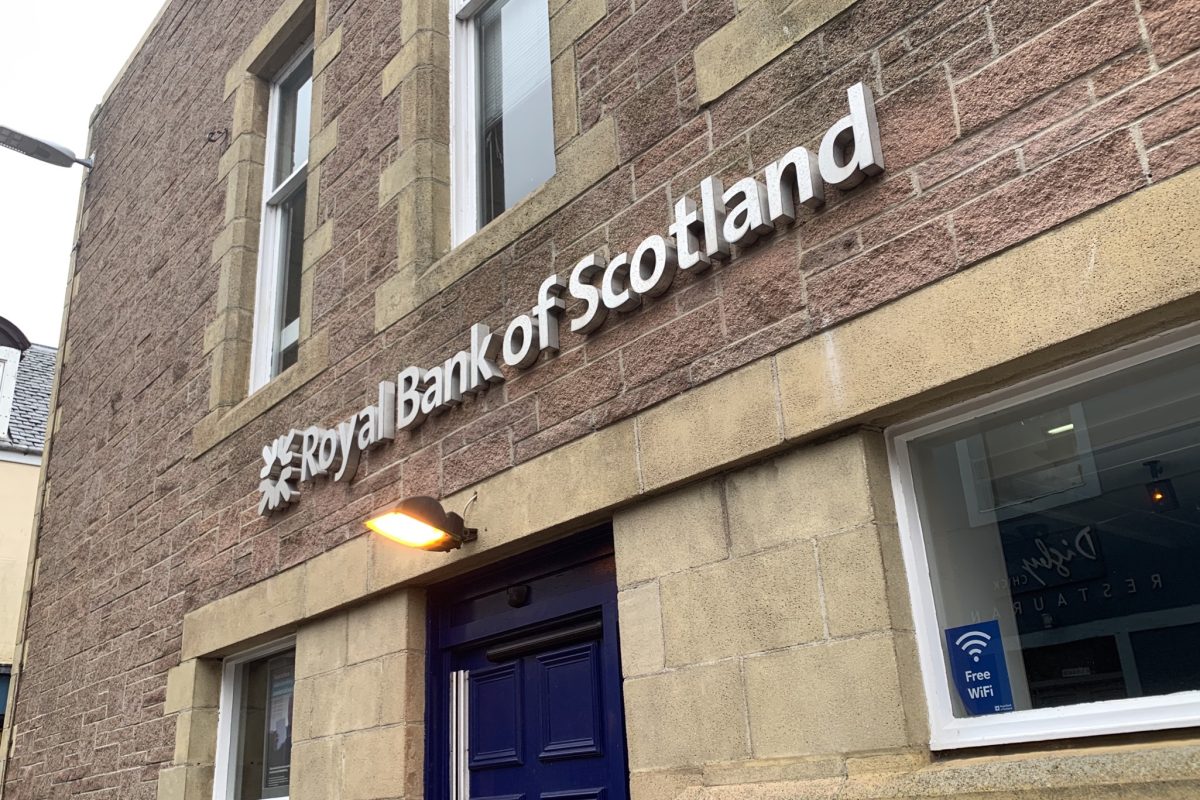
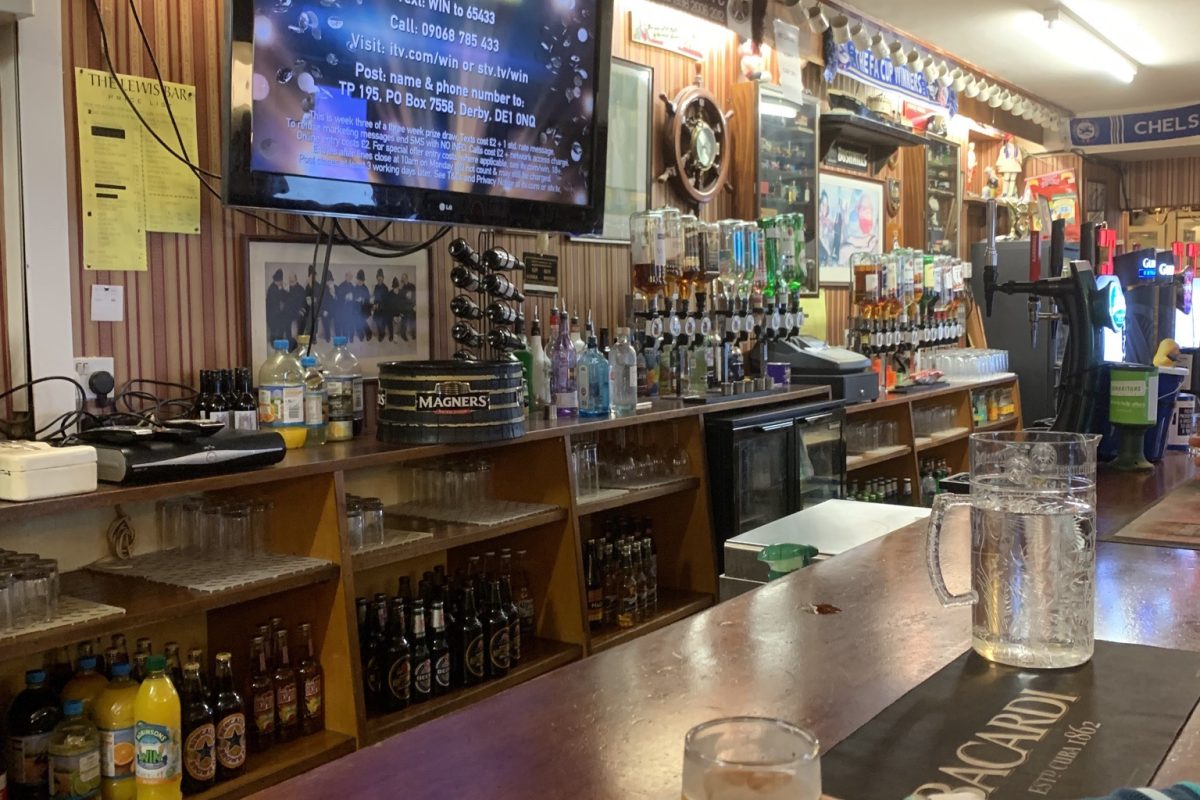
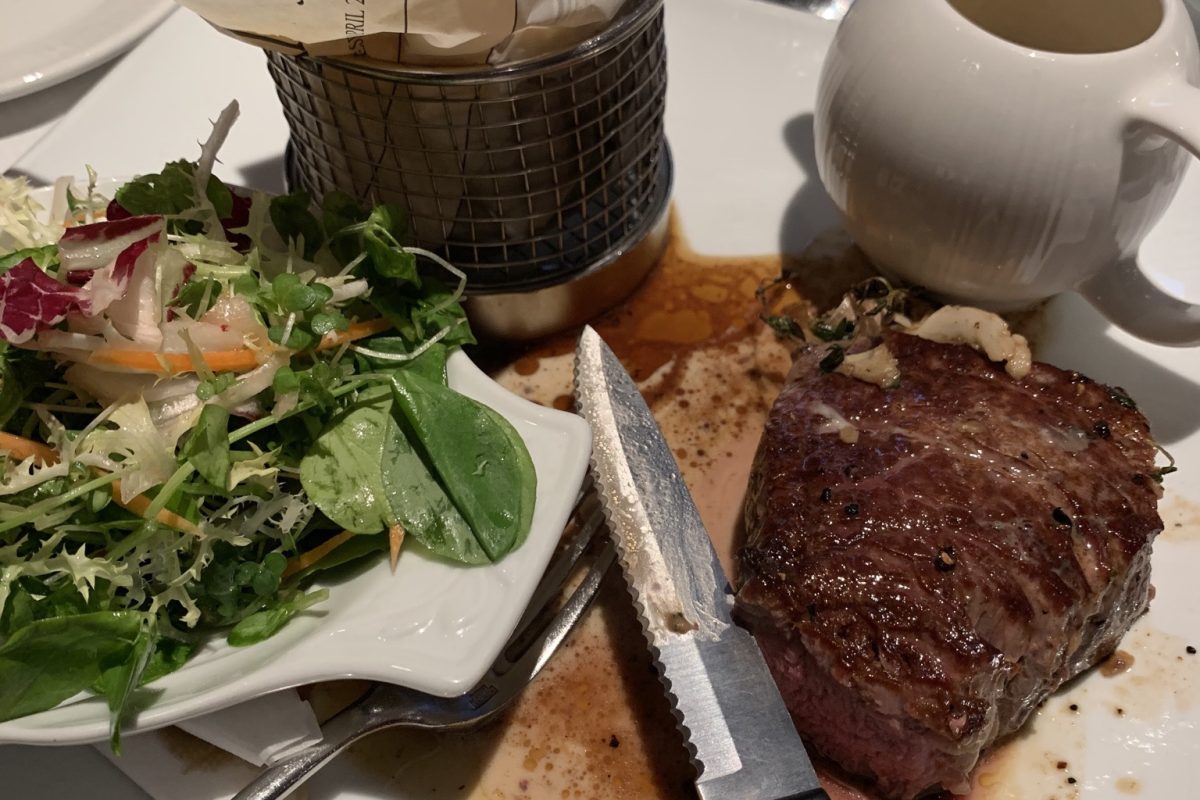
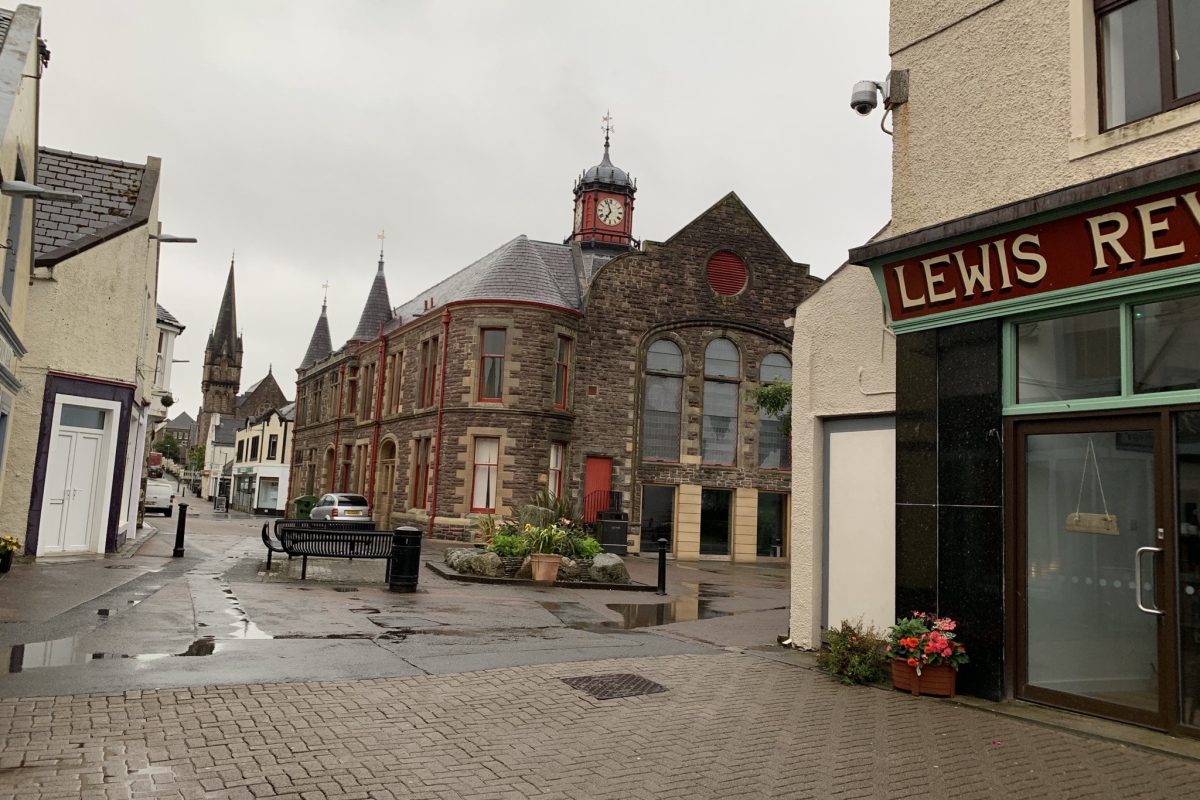


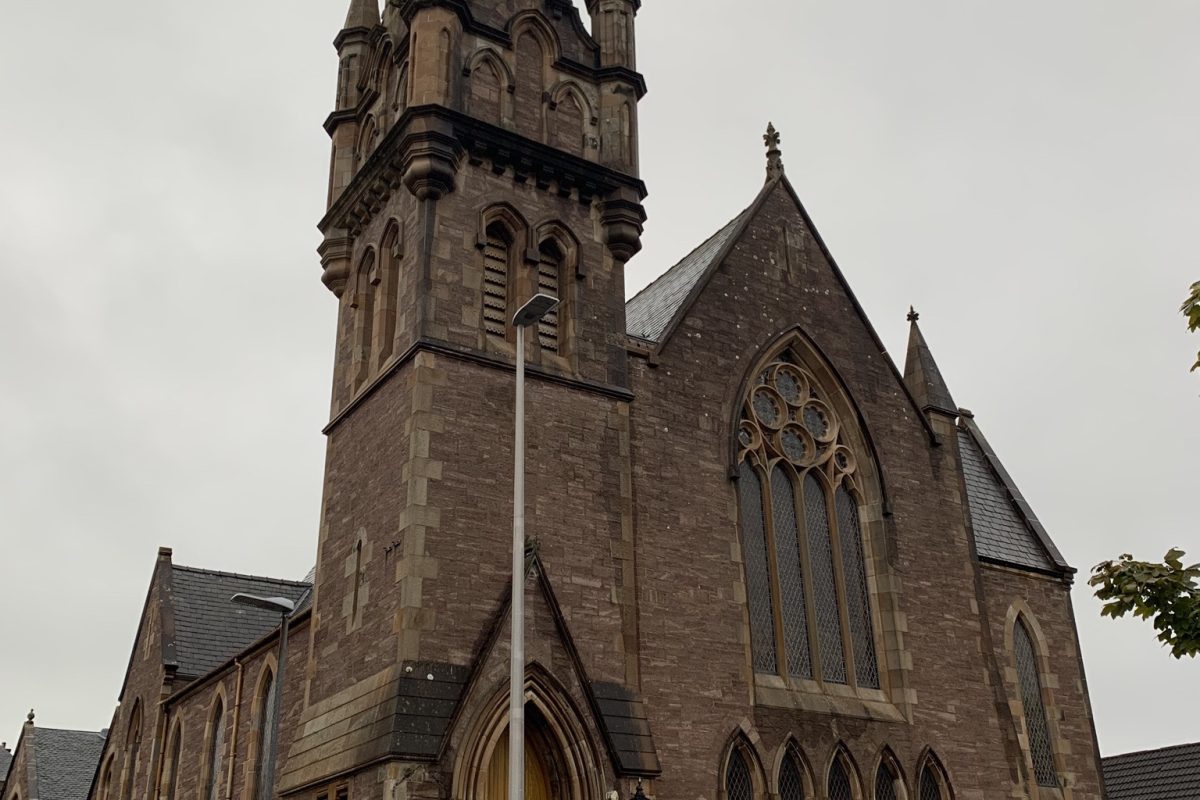
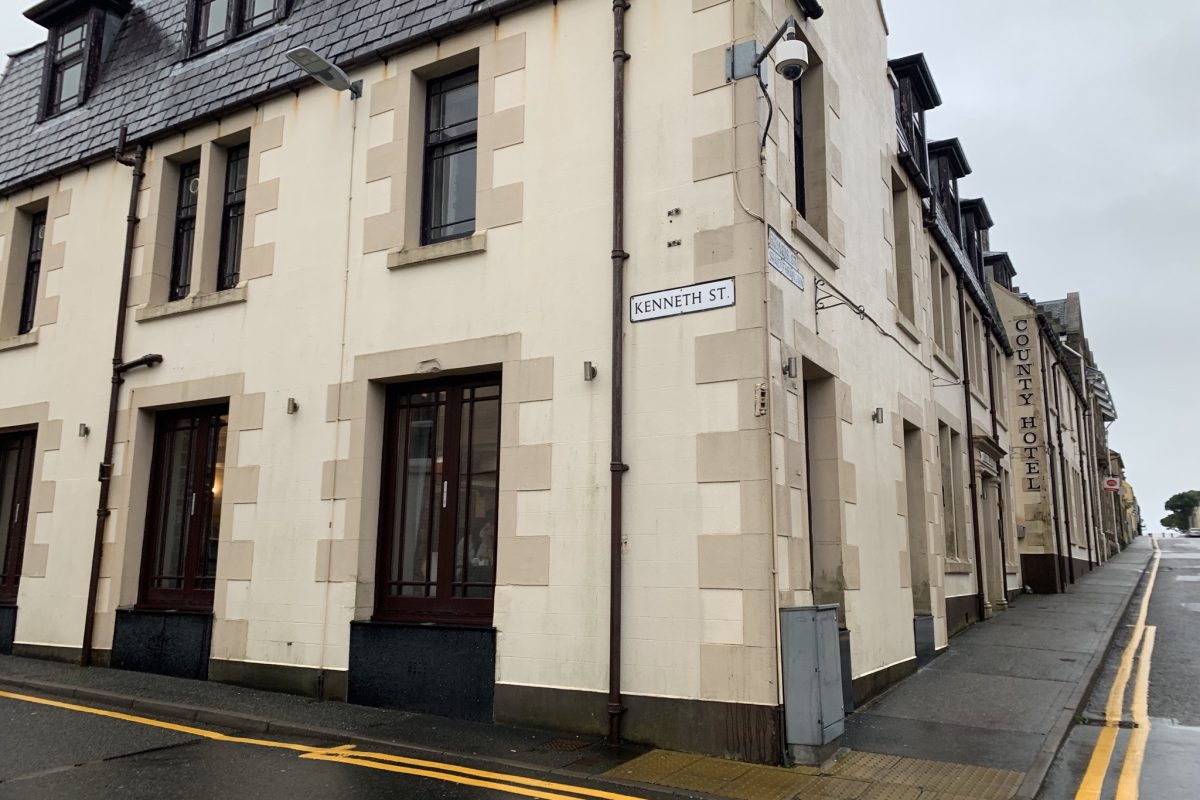


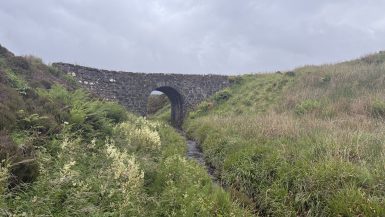
Leave a reply
You must be logged in to post a comment.